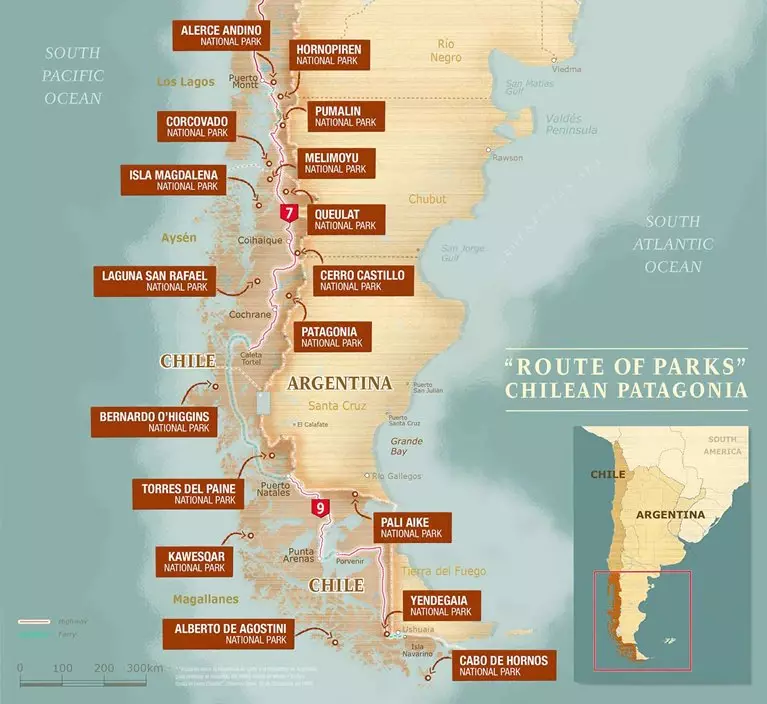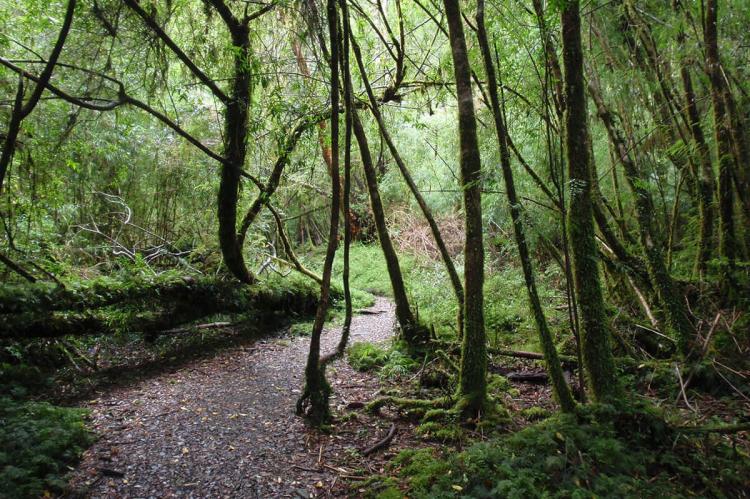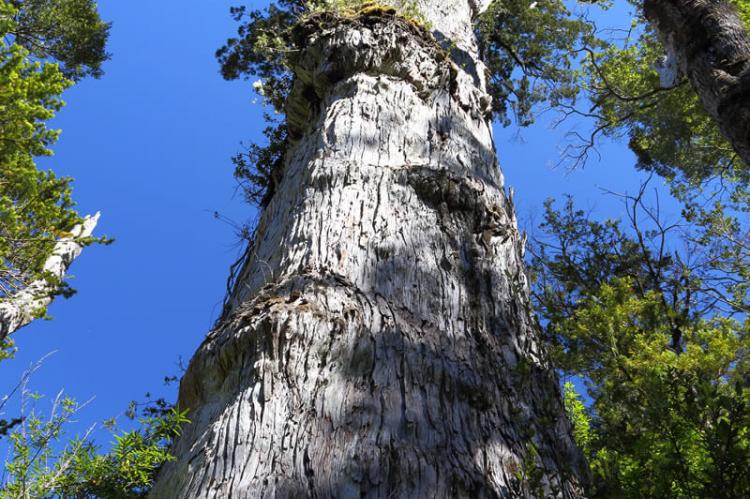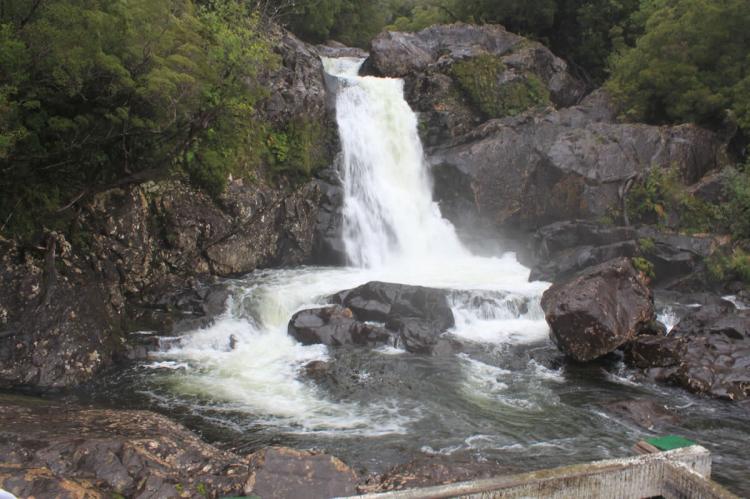Alerce Andino National Park (Chile)
Alerce Andino National Park is located in the Andes, in the Los Lagos Region of Chile. The centerpiece of this lush and mountainous protected area is the Alerce forests. The Alerce is a towering tree species native to the Andes Mountains that can live for over 4,000 years.
Alerce Andino National Park
Alerce Andino National Park is situated in the Chilean Andes, part of the greater Andes Mountains system. It is located in the Los Lagos Region of Chile and covers about 393 sq km (152 sq mi) or approximately 40,000 ha (98,842 acres), of which one-half are Alerce forests.
The National Park is bounded by the Reloncaví Estuary on its east and south sides and by the Reloncaví Sound to the west (excluding a coastal fringe of a few kilometers). To its north lies Chapo Lake. Vertical walls of granite surround the park's fifty or so lagoons.
Alerce Andino National Park forms part of the Bosques Templados Lluviosos de Los Andes Australes Biosphere Reserve.
The centerpiece of this lush and mountainous protected area is the Fitzroya cupressoides (locally known as Alerce) forests, which consist of pure and mixed stands comprising a total surface of about 200 sq km (77 sq mi).
This regional ecosystem remained isolated from the glaciers that covered the area approximately 12,000 years ago. Today, one in three species in this forest ecosystem is not found anywhere else.
Route of Parks
Alerce Andino National Park is part of Chile's scenic 2,800 km (1,700 mi) "Route of Parks" that stretches from Puerto Montt in the north to Cape Horn in the south.
Spanning 17 national parks, the Route of Parks of Patagonia encompasses one-third of Chile and protects over 11.8 million hectares (28 million acres).

Chile's Route of Parks map - Thompson Conservation
Flora and Fauna
The Alerce is a towering tree species native to the Andes Mountains. The Alerce only grows one centimeter every fifteen years. However, these trees can surpass 50 m (164 ft) in height and live over 4,000 years.
Many botanists believe they are the second-longest living trees on Earth, aside from the bristlecone pine of North America. The oldest known living specimen is 3,646 years old and is appropriately called Grand Abuelo.
Other tree species include Olivillo, Ulmo, Tepú, Mañío, Canelo, Coigüe, and Lenga, as well as others.
Alerce Andino National Park provides essential habitats for fauna species such as Monito del Monte, the Pudú Deer, the Güiña (Kodkod), the Gray Fox, and the Chingue (Molina's Hog-Nosed Skunk).
Its lakes are habitats for the Black-Necked Swan, the Coscoroba Swan, and the Mallard. Perch Trout have also been spotted. Other bird species include the Magellanic Woodpecker, the Cachaña (Austral Parakeet), the Chucao, the Hued Hued, and the Cachudito (Tufted Tit-Tyrant).


